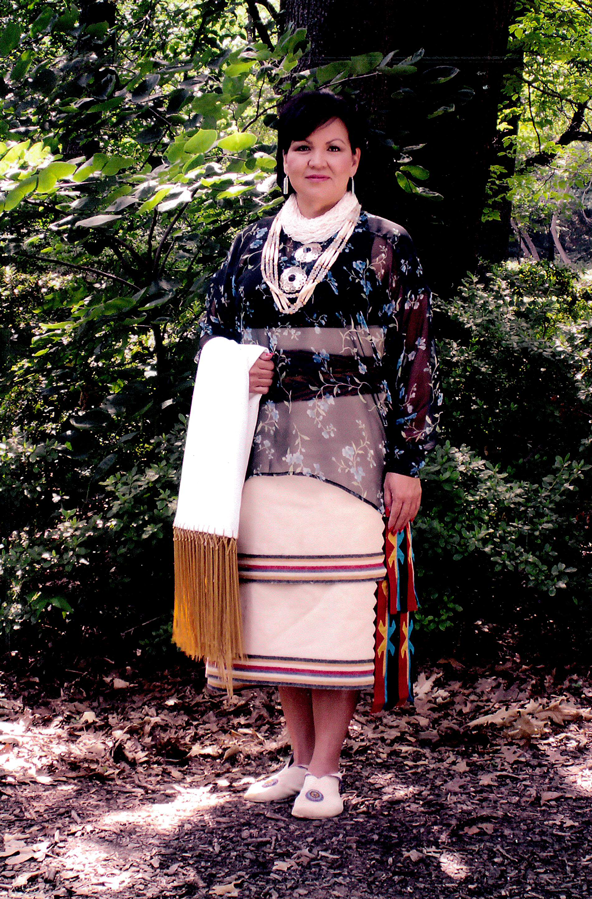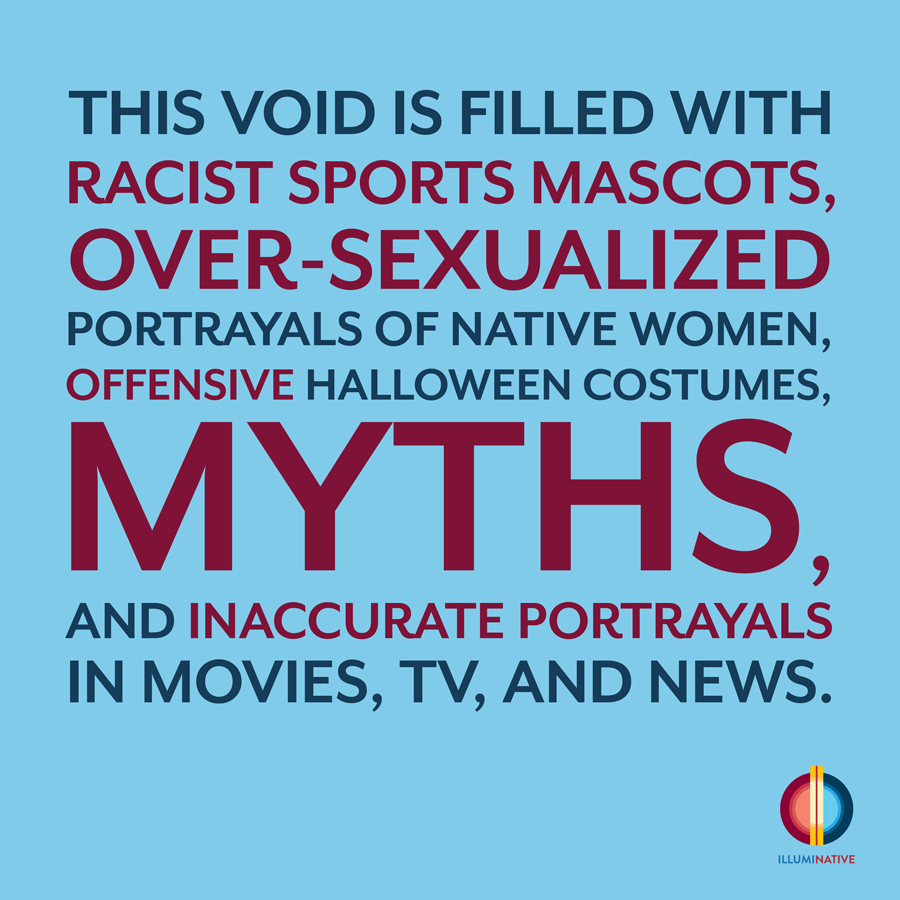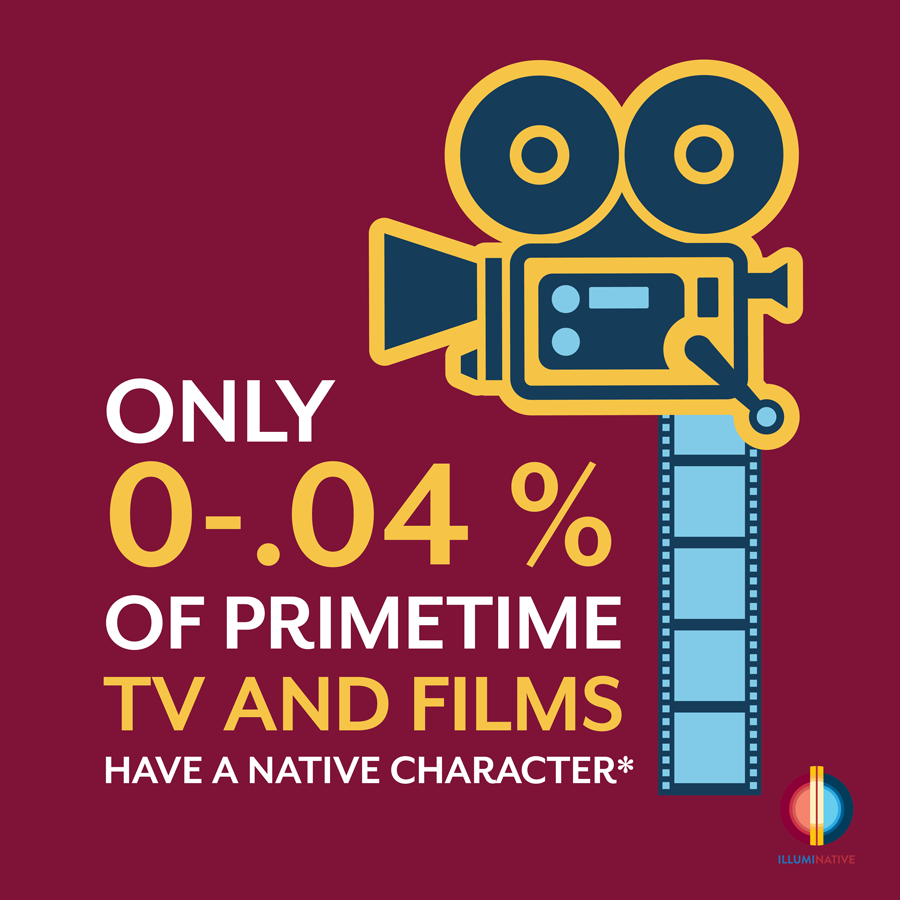When I was asked about providing an article for Oilwoman Magazine, I contemplated which direction to take to inform readers about the Osage and their oil business. After much deliberation, I decided on a topic that I think is fitting, since this magazine is about oil women.
Let me share a brief history about what happened to many Osage women after the discovery of oil on their lands at the historic North Burbank field. The Osage Nation’s oil boom made the Osage people some of the wealthiest in the world in the 1920s. Droves of people moved to Osage County in Oklahoma, attracted by the prospect of wealth and huge oil leases or, in some accounts, just to marry an Osage to obtain money and power.
The oil business attracted successful businessmen like J. Paul Getty, Frank Phillips and others, who wanted to strike it rich with oil. Sadly, it also attracted con men and felons – some of the worst of society – who boldly took advantage of the Osage. The program that was set in place by the federal government also failed the Osage through the guardianship system, which allowed the individual Osage to be assigned a guardian to oversee their financial accounts. Many of the guardians were lawyers, bankers and ranchers, who worked together to devise plans to take millions in money and land for their own.
In 2017, author David Grann’s book, Killers of the Flower Moon: The Osage Indian Murders and the Birth of the FBI, was released and became a New York Times bestseller. The story was finally told about the Osage, their oil and the serial murders of Osage women and men – senseless murders that occurred because of greed and capitalizing on the Osages’ money and land. Eventually, there was an investigation by the newly formed FBI.
The as yet unreleased 2021 movie, Killers of the Flower Moon, tells the story of the murder of, and greed over, the Osage people, their land and oil. The plotting of the heinous murders of Osage women for money will be depicted in the movie, as well as the murder of my great-grandfather Henry Roan. Filming wrapped this past September and the film will soon become a major motion picture, directed by Martin Scorsese, starring Leonardo DiCaprio, Robert DeNiro, Jesse Plemons, Brendan Fraser and other A-list actors. What makes the film unique is Osage and other Native Americans actors were cast in lead roles and as extras to portray the real-life people from that time.
The movie creates awareness and provides a platform to discuss the issue of Missing and Murdered Indigenous Women (MMIW). According to a report by the Urban Indian Health Institute entitled Missing and Murdered Indigenous Women and Girls, 5,712 cases of MMIWG were reported in 2016, but only 116 of them were logged into the Department of Justice (DOJ) database. Since the recent oil boom in Native communities, there have been reports of increased rates of human trafficking, sex trafficking, and Missing and Murdered Indigenous Women in their communities.
Workers who go to a region for well-paid oil and gas jobs often set up “man camps.” According to one report, sexual assaults on women on the Fort Berthold Reservation, in western North Dakota, home to the federally recognized Mandan, Hidatsa and Arikara Nation (also known as the Three Affiliated Tribes) and part of the Bakken Shale, increased by 75 percent.
Not only is it necessary for the oil and gas industry to become proactive in cultural training but reversing the culture of “man camps” has to be established, and this can be coordinated by working with Tribal leaders to establish a policy and strategic plan. If we are to impact change in human trafficking, sex trafficking, and Missing and Murdered Indigenous Women and Girls, it is the responsibility of the oil and gas companies to provide the training, awareness and standards for this industry. As women, we have an instinctual duty to protect. These issues will only be addressed when we use our voices, so please help spread the word. Sharing and talking about the issue are the only way to take a proactive stance and stop the violence.
Currently, I serve as a councilwoman for the Osage Minerals Council and, when I make decisions for the benefit of the Osage shareholders on new developments and expanding production on the Osage Minerals Estate, I keep in the back of my mind what happened a hundred years ago. “Behind every great fortune lies a great crime,” is a quote attributed to Honore de Blazac. I don’t want history to repeat itself. What else can be done to reverse the social issues? Invest in our young people through scholarships, identify STEM students in geology and petroleum engineering, and hire qualified Native Americans – including women – in the oil, gas and minerals industry.

November is Native American Heritage Month
What can you do for Native American Heritage Month? I like how IllumiNative put this together, and I approve of “How to be a good ally to Native People in 2021 and beyond.”
- Get informed.
- Read books.
- Listen to the news, listen to Indigenous podcasts.
- Find media and stories that center on Native lives and tell accurate histories.
- Amplify Native voices.
- Support Native people in telling their stories.
- Smash stereotypes.
- Call out stereotypes that you see in the media.
- Call out your friends and family who perpetuate negative narratives.
- Visit www.illumiNatives.org
Together we can make a difference.
Killers of the Flower Moon
Killers of the Flower Moon: The Osage Indian Murders and the Birth of the FBI, David Grann’s 2017 best-selling non-fiction book, is being made into a movie, directed by Martin Scorsese and starring actor and climate change activist Leonard DiCaprio (Ice on Fire (2019), Before the Flood (2016) and the 2007 documentary, The 11th Hour).
Centered around the Osage Nation murders during the 1920s, in which dozens of members of the Native American Tribe were killed after the discovery of immense oil deposits on their Oklahoma reservation brought them great wealth, the murders attracted the attention of the newly created Federal Bureau of Investigation (FBI).
In February of last year, before filming began, Scorsese and DiCaprio met in Oklahoma with Osage cultural leaders, including Principal Chief Geoffrey Standing Bear and Chad Renfro, the Osage Nation’s ambassador to the film, as well as Steve Pratt, professor emeritus at the University of Central Oklahoma (UCO), who served as a cultural advisor, and others, to address their concerns and also to ask for their advice and guidance. Both men were committed to hiring Native Americans to work on the movie and casting calls went out to the Native American community to audition as extras for the movie.
Importantly, Native American actresses were cast to play the roles of the women at the heart of this tragedy. Lily Gladstone, Blackfeet and Nez Perce, plays the lead role of Mollie Burkhart, the Osage woman around whom the story centers. Tantoo Cardinal, Dene, Cree, Métis and Nakota, has been cast as Burkhart’s mother Lizzie Kyle. Cara Jade Myers, Wichita Tribe, portrays Burkhart’s older sister, Anna Brown. JaNae Collins, Fort Peck Assiniboine and Sioux Tribes and also Apsáalooke (Crow), plays the part of Rita Smith, Burkhart’s younger sister, and Jillian Dion, Saddle Lake Cree Nation, was chosen to portray Burkhart’s youngest sister, Minnie Smith. All of the women died under mysterious or suspicious circumstances – eventually, it was determined that they had been murdered – and their oil wealth was passed on to Burkhart. She was then targeted by her own husband and his uncle, who were white men.
Author Grann says, at the time, the Osage were considered the wealthiest people, per capita, in the world. While his book was met with critical acclaim, Grann says he hopes the movie will reach an even wider audience and enable the story of the Osage to become “part of our national narrative . . . part of our conscience.”
The film, Killers of the Flower Moon, is slated for release in 2022.

Margo Gray is a councilwoman on the Osage Minerals Council in Oklahoma. www.osagenation-nsn.gov/who-we-are/minerals-council. She is also president of Margo Gray and Associates.
Photo courtesy of Ryan Redcorn.
Oil and gas operations are commonly found in remote locations far from company headquarters. Now, it's possible to monitor pump operations, collate and analyze seismic data, and track employees around the world from almost anywhere. Whether employees are in the office or in the field, the internet and related applications enable a greater multidirectional flow of information – and control – than ever before.





